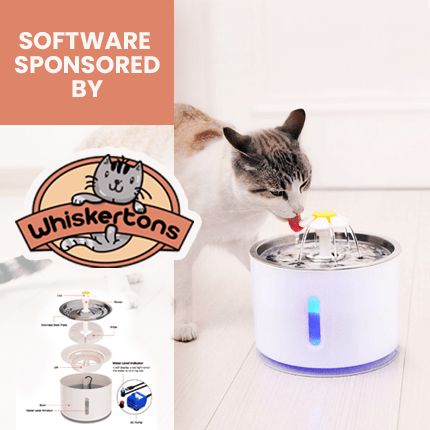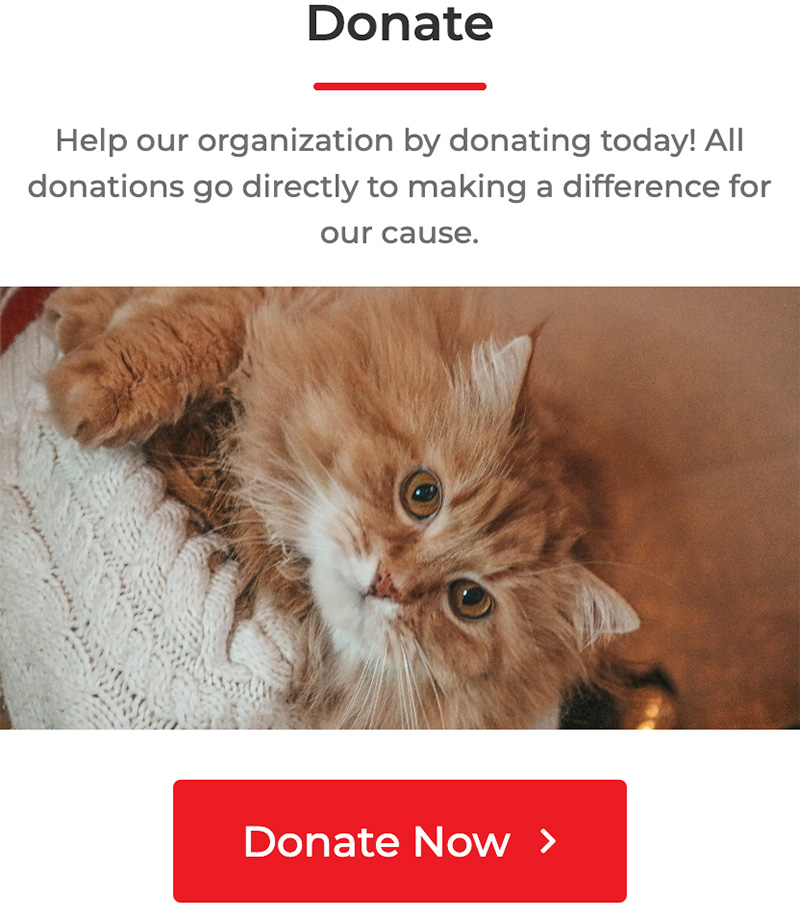
Resources
General
Living With Your Cat – Petfinder
Kitten Care: The Kitten Lady
Help with Veterinary Costs
Progressive Animal Welfare Services
Pet Insurance
Resources

Low Cost Spay/Neuters
Ontario SPCA Clinics
East Village Animal Hospital (Hamilton, Kitchener & London)
Hamilton Burlington SPCA
Kitchener/Waterloo Humane
Niagara SPCA Animal Clinic
Toronto Humane Society
Toronto Animal Services
Windsor/Essex Humane Society
WHAT IS FIV?
FIV is a feline-only, slow-acting virus that compromises the cat’s immune system over time. Because the immune system is compromised – you need to stay on top of any possible infections and ensure the cat is seen by a vet at least annually just like any other pet in your household. FIV cannot be transmitted to people or other animal species. It is passed from cat to cat through deep bite wounds, the kind that usually occur outdoors during aggressive fights and territorial disputes - a perfect reason to keep your cat inside. FIV is not passed between cats through casual contact – i.e. sharing food bowls or litter boxes, play fighting or licking. FIV positive cats can live with non-FIV cats without fear of infection provided the cats are not biters – play fighting is okay and is normal – it is the angry deep bite where a cat can inject their saliva into the bloodstream of another cat that can spread the virus. In fact, Purdue University’s College of Veterinary Medicine conducted a long-term study in cat shelters and found that FIV-positive cats can live with FIV-negative cats and not infect the FIV-negative cats during normal day-to-day interaction. Cats with FIV can live long and healthy lives. Studies over the last 10 years or so have shown that cats with FIV often live as long as otherwise healthy cats that do not have this virus.

WHAT IS FELV?
Feline leukemia virus (FELV) is specific to cats and cannot be transferred to other species like dogs or people. Cat-to-cat transfer of the virus may occur from a bite wound, during mutual grooming, and through the shared use of litter boxes and feeding dishes. Transmission can also take place from an infected mother cat to her kittens, either before they are born or while they are nursing.
FELV does not survive long outside a cat’s body – probably less than a few hours under normal household conditions. Cats most at risk for the disease are free roaming cats and cats that have prolonged close contact with infected cats.
There is no cure for FELV but the prevalence of FeLV has decreased significantly in the past 25 years since the development of an effective vaccine and accurate testing procedures. PLEASE VACCINATE YOUR CAT AGAINST FELV IF YOUR CAT GOES OUTDOORS.
There are four separate classes of infection: abortive, regressive, latent, and progressive. It is important to understand each class when testing your cat. IF YOUR CAT TESTS POSITIVE, PLEASE CONSULT WITH YOUR VET AND RETEST YOUR CAT USING BOTH AN ELISA & PCR TEST, IN PARTICULAR, IF YOUR CAT IS NOT DEMONSTRATING ANY CLINICAL SIGNS OF THE DISEASE.
- Abortive infections are those in which the exposed cat produces an effective and early immune response. This prevents viral replication and eliminates virus-infected cells. These cats are negative for circulating viral antigens and viral genetic material.
- Regressive infections are those in which viral replication is limited, but a small population of virus-infected cells remains. These cats are antigen-negative, but the virus can be detected in a small percentage of blood cells by polymerase chain reaction (PCR), a type of blood test. These cats may go on to eliminate the virus completely. These infected cats are not viremic (and therefore not contagious), but may be infectious through blood transfusion.
- Latent infection refers to the cats in which a moderate amount of infected cells remain. These cats are antigen-negative but PCR-positive. The latently infected cells do have the potential for the virus to re-activate, but the cats are not contagious as long as the infection remains latent.
- Progressive infections are those in which virus replication is not eliminated; both viral antigen and genetic material can be detected in the blood of these cats. The cats are actively shedding virus (primarily in saliva and feces). These cats are likely to become ill with FeLV-related disease.

https://www.vet.cornell.edu/departments-centers-and-institutes/cornell-feline-health-center/health-information/feline-health-topics/feline-leukemia-virus


















